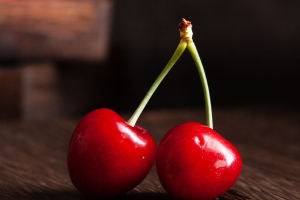The coconut, ubiquitous in tropical regions, is an incredibly versatile fruit.
While its outer appearance features a tough, brown shell housing sweet pulp and clear coconut water, there's much more to learn about coconuts.
Let's delve into the origins and growth environment of the coconut. The coconut, a product of the coconut tree, thrives in tropical and subtropical locales, typically flourishing along sandy coastlines.
Towering over 20 meters in height, the coconut tree boasts an upright trunk crowned with large, feathery leaves, adapting adeptly to sandy soils and saline-rich environments with its well-developed root system.
Coconuts are more than a natural bounty to be consumed raw; they offer many processing possibilities. Coconut water, found inside the fruit, is sweet and rich in vitamins and minerals, often hailed as nature's sports drink.
Coconut flesh can be eaten or transformed into culinary delights like coconut oil, sugar, and powder. Coconut shells are used in fuel production, crafting, and construction, while the leaves are woven into baskets, hats, and other essentials.
Beyond their culinary and artisanal uses, coconuts have many applications. Coconut fiber, extracted from the shell, is prized for its lightness, durability, and water resistance, used in producing ropes, fabrics, and carpets.
Coconut wood, derived from the tree's trunk, exhibits remarkable density and durability, often fashioned into furniture, architectural elements, and ship components. Even the flowers of the coconut tree wield medicinal properties, offering remedies for various ailments and conditions.
Moreover, coconuts hold significant cultural and traditional significance.
Revered as symbols of abundance and vitality in many tropical regions, coconuts are steeped in mythology and folklore, earning titles such as the "King of Trees" and the "Tree of Life," and holding an indispensable role in the lives of local communities.
Despite its multifaceted utility, coconuts face challenges and threats. Increasing demand, driven by population growth and economic expansion, has led to the overexploitation and deforestation of coconut resources, exacerbating ecological degradation and endangering coconut tree populations.
Additionally, factors like climate change, diseases, and natural calamities pose further risks to coconut growth and survival.
In conclusion, coconuts transcend their role as mere fruit; they are a powerhouse of nutrition and versatility, potentially fostering ecological equilibrium and socioeconomic stability.
Prioritizing the protection and sustainable management of coconut resources is paramount to ensuring a flourishing environment and prosperous livelihoods for future generations.
We must recognize and respect the invaluable contributions of the coconut palm, not just as a source of sustenance, but as a beacon of resilience and cultural heritage in tropical regions worldwide.


